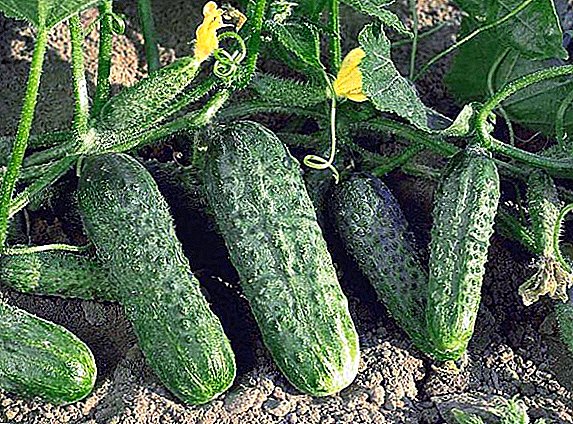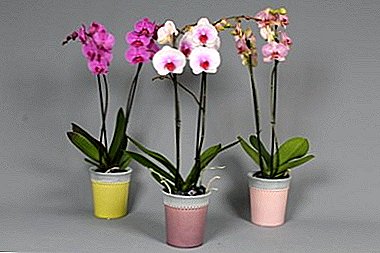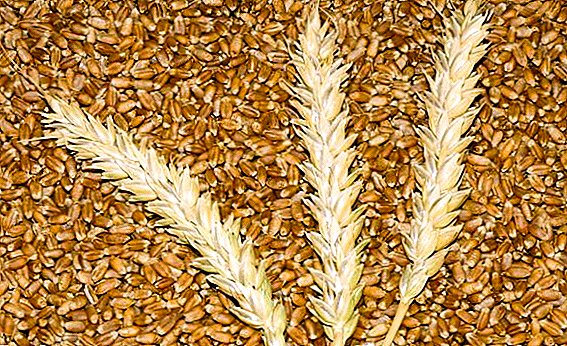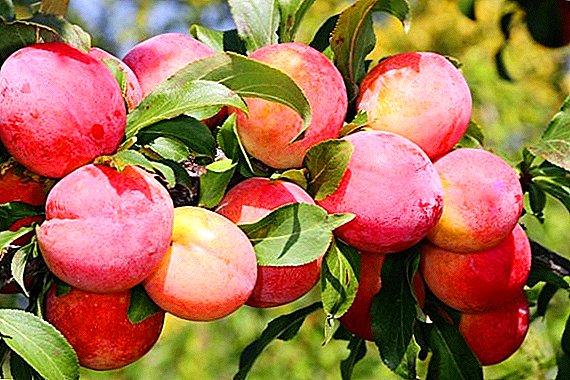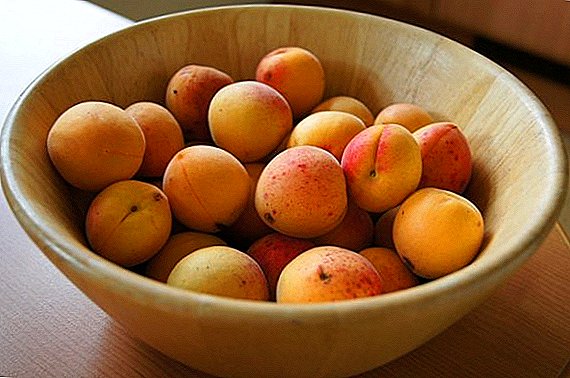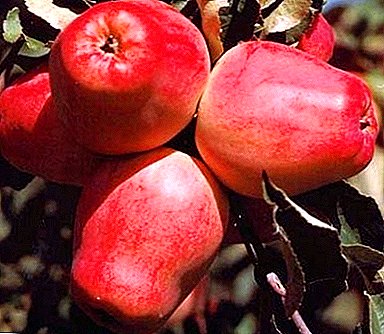
Royal geranium is an unpretentious indoor plant, like any other geranium.
This flower is rarely susceptible to any minor diseases, but if he suddenly fell ill, then it is urgent to take certain measures, because the delay may result in the death of the plant.
The article will look in detail at what reason a disease appears, and also learn how to properly treat.
Diseases, their photos and treatment
Absolutely all diseases of this plant can be attributed to two categories: infectious and non-infectious. The first are the result of the defeat of geranium fungus, viruses or bacteria, which is accompanied by rot, yellowing of leaves. Precisely because such diseases are easily transmitted from one flower to another, for safety and successful treatment it is necessary to isolate the infected plant.
Second, non-infectious are not too dangerous because they are caused by irregularities in the care of geraniums: improper watering, insufficient lighting, etc.
And pests do not like geranium very much, so it is very rarely attacked by them. It is possible that they do not like the peculiar smell of essential oil contained in large quantities in the leaves of the flower. Pests such as scab, spider mite attack Royal Geranium less often than whitefly, aphid, mealy or root scarlet.
Foliage turns yellow and falls off.
In this case, the problem is in too warm air or frequent drafts that geraniums cannot tolerate, and for solving the problem you can remove the plant pot for a while from the ventilated room.
And with the subsequent appearance of white fluffy lumps on the leaves, it is safe to say that the flower is disturbed by a mealybug, and then need to be isolated from other plants and treated with insecticidal preparations, in particular with insectoacaricides.
Yellowing of the leaves can also be a symptom of root rotting due to an excess of nitrogen in the substrate - this will help to correct the transplant to a new properly prepared soil.

The emergence of black dots
This is due to improper watering: the excessive moistening of the soil, or its drying. As a rule, this happens most often if the substrate is poured with a large amount of water after a long drought. Therefore, in order to grow geranium, it is important to monitor the regime of watering and strictly observe it.

The leaves are pale at the edges
The only reason is the lack of nitrogen in the substrate., and in order to fix this, you need to feed the plant with a fertilizer with a low nitrogen content, or simply transplant it into a new soil.

Wilting, darkening of the stem and its rotting at the very base
This means that the plant suffers from Black Leg disease, which is one of the consequences of root decay. With a whole geranium, nothing can be done, but if the disease has not yet reached the whole flower, then you can cut off the whole upper part and use it as a cutting to re-plant.

Why is there no budding at room?
In most cases, geranium does not bloom because of the poor conditions in which it is located. These can be high temperatures for it or lack of nutrients in the substrate. For the correct vegetation period of the geranium, you need to adjust the temperature and select the appropriate fertilizers.

Wilting and falling off
Occurs due to insufficient watering and subsequent drying of the substrate. In this case, you also need to follow the schedule of watering and strictly adhere to it.

What to do when water bubbles appear?
This happens due to improper irrigation: after a long period of "drought" the soil is poured. It is necessary to adjust the mode of irrigation - the gentle roots of geranium are very sensitive both to the excess of moisture and to its lack of a substrate.

Flower growth stop
In most cases, this is due to the cramped geranium in the pot. It is enough to transplant it so that she feels comfortable again. Just in case, it is worthwhile to inspect the reverse side of the leaves for the presence of pests (whitefly or aphid), and if they are found, spray the plant with any chemical preparation to kill insects. Perhaps the substrate lacks nitrogen or increases its acidity, then you need to make a transplant.
The appearance of gray-brown spots
It speaks of plant rot disease - a rather dangerous disease., to get rid of which only cutting the top of the stem will help (if it is still healthy), this stalk can be planted as a stalk and get a young healthy geranium.

The occurrence of holes
This happens because of the caterpillars that live on the plant. The treatment of the geranium with an insecticidal preparation will also help (antihelmintics are the best).

Twisting buds, shoots
The whitefly attacked the plant, and to get rid of it, as well as from other pests, will help isolate the plant and spray it with a special preparation (any acaricides).

Preventive measures
The root of most diseases that royal geranium undergoes is improper care for it. From the problems described above, we can conclude that the most common cause is improper watering, which is why not only the leaves turn yellow, but the decay of the whole plant begins.
- Observe the watering mode, and it is better to make its schedule.
- Choose a suitable place for a pot of geraniums - where there is enough light.
- In time to fertilize the flower with proper fertilizing, so that it does not experience a deficiency in nutrients.
- It is also important to transplant the plant in time to a new ground: young plants 1 time per year, and adults 1 time in 2 years.
Then you can definitely avoid any diseases whose symptoms are yellowing of the leaves.
Important! It is recommended to water Royal Geranium until 11 o'clock - during this period of time the moisture is absorbed better.
And in order to prevent the development of various infectious diseases, you need time to remove all dried and at least a little yellowed leaves, even better - in case of their detection, immediately examine the Royal geranium for the presence of any pests. This will definitely help to ensure that the problem of yellowing lies only in unbalanced watering.
Experienced growers recommend periodically loosening the soil in order to saturate it with oxygen, which helps to avoid rotting of the roots. And also it is not necessary to use fertilizers with a high content of nitrogen, which absolutely all geraniums do not like, but this does not mean that it should be excluded altogether.
Royal geraniums rarely get sick or are attacked by pests, but if this happens, then we can surely say that everything is serious. Each grower has its own methods of treatment, but the most important for everyone is the proper and timely care of the plant.



